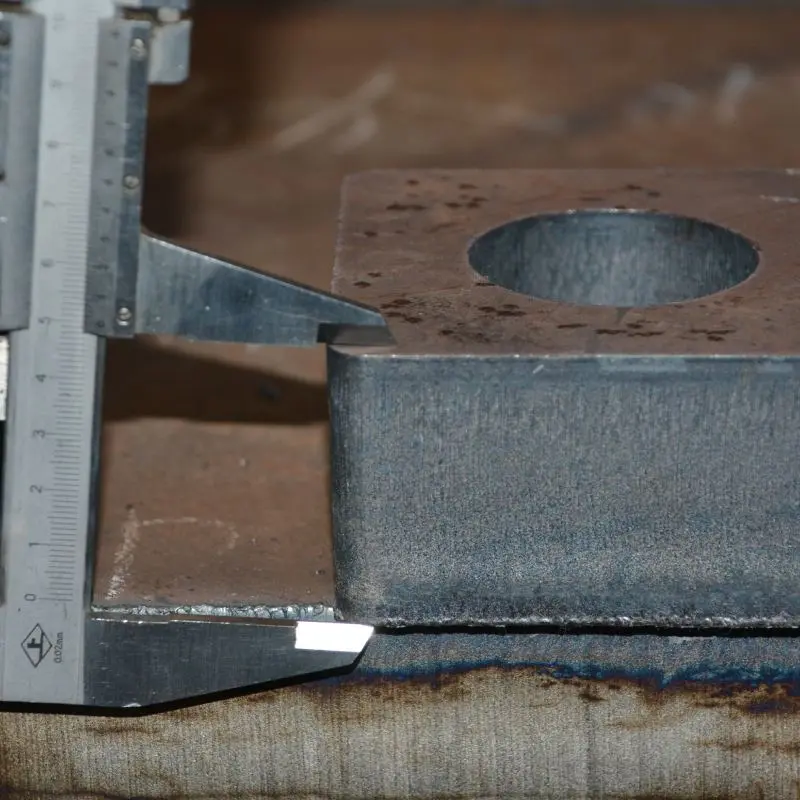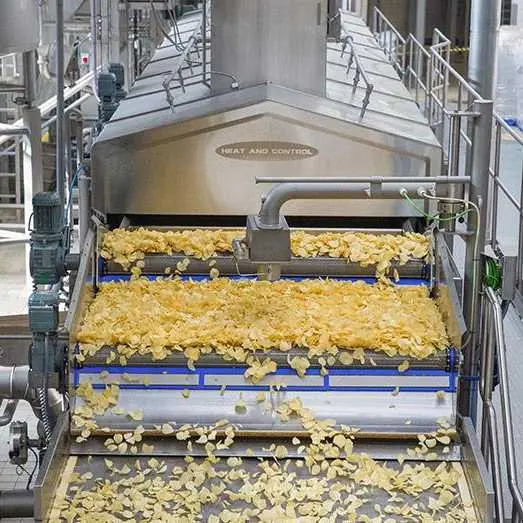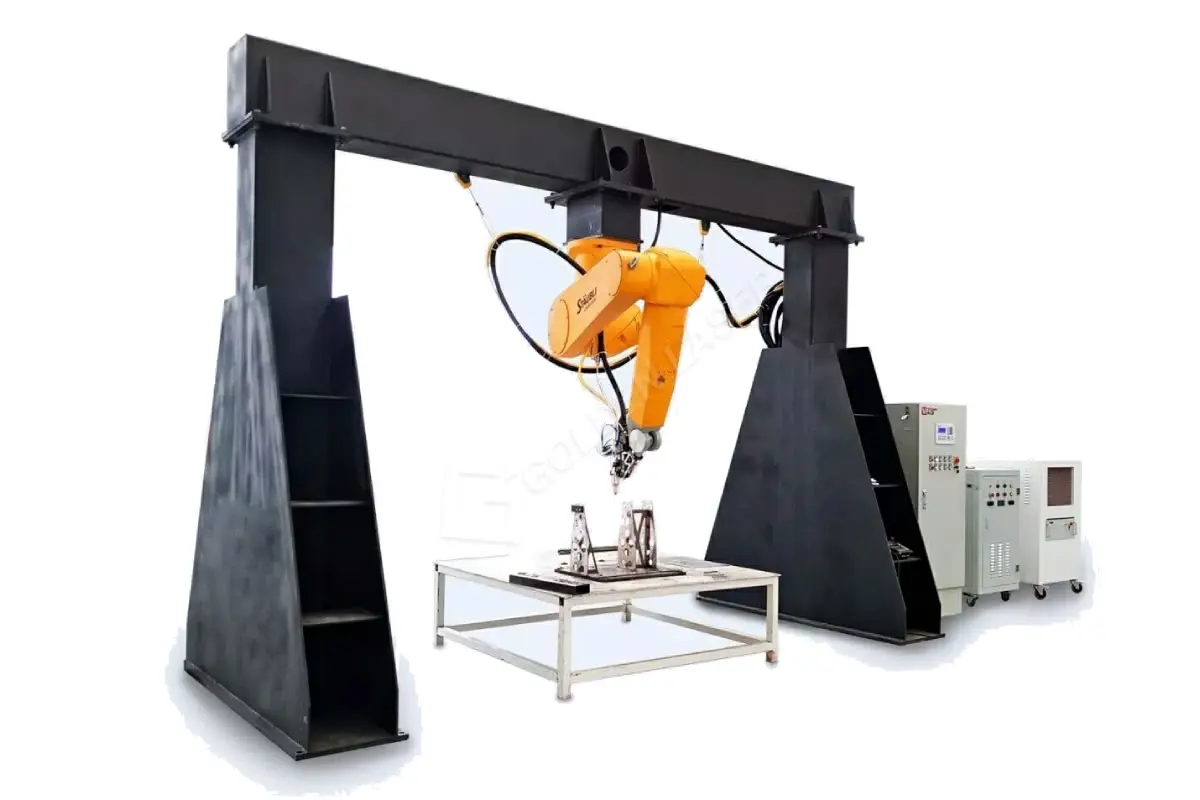Rotary devices have become an essential component in various sectors, revolutionizing how industries operate and significantly improving efficiencies. From manufacturing and automotive to healthcare and consumer appliances, the rotary device has found its way into our everyday lives, providing enhanced functionality and ease of use. This article delves into the workings, types, and applications of rotary devices, highlighting their impact on modern technology and daily living.
At its core, a rotary device is a mechanical apparatus that converts linear motion into rotational motion. These devices utilize principles of engineering that involve rotational dynamics, making them vital in any application where rotational movement is required. The simplest example of a rotary device is a wheel, yet, as technology has evolved, so too have the complexities and applications of rotary devices.
Various rotary devices are designed for specific functions, each contributing to performance in unique ways. Some common types include electric motors, which power everything from household fans to electric vehicles, and rotary switches, which control electrical current in various applications. In the automotive industry, rotary devices such as engines and rotary valves are essential in ensuring smooth functioning of vehicles. Here, rotary devices are not only responsible for performance but also play a key role in enhancing fuel efficiency.
One significant area where rotary devices have made strides is in the manufacturing sector. CNC (Computer Numerical Control) machines utilize rotary devices to create precision parts by controlling the rotational movements of tools. This advancement has resulted in higher production rates and improved product quality, making it easier for manufacturers to meet the demands of a competitive market.

Understanding the Versatile Applications of the Rotary Device: Revolutionizing Industries and Enhancing Everyday Life
In healthcare, rotary devices have also shown profound impact. For instance, rotary instruments such as dental drills and surgical tools enhance precision and efficiency during procedures. These devices, often designed with advanced technology, ensure that healthcare professionals can perform complex tasks safely and effectively, ultimately improving patient outcomes.
The use of rotary devices isn’t limited to large-scale industries; it finds a place in everyday household gadgets as well. Kitchen appliances like blenders and food processors rely on rotary mechanisms to chop, mix, and blend ingredients, facilitating the preparation of meals with minimal effort. Vacuum cleaners, washing machines, and even lawn mowers utilize rotary technology to perform their tasks efficiently, highlighting how integral these devices are to the convenience of daily life.
Moreover, the renewable energy sector has seen the rise of rotary devices, especially in wind turbines. These turbines convert kinetic energy from wind into mechanical energy through the rotation of blades, which then generates electricity. As the world shifts towards sustainable energy sources, the importance of rotary devices in harnessing natural resources cannot be overstated. They play a significant role in the transition towards cleaner energy generation, underscoring the importance of innovation in this arena.
Integrating smart technology with rotary devices has pushed the boundaries of what these mechanisms can achieve. Smart home devices increasingly use rotatory functions for automation, such as smart blinds and automated curtains that open and close according to user preferences or environmental conditions. This integration of technology enhances user experience and ensures energy efficiency.

Understanding the Versatile Applications of the Rotary Device: Revolutionizing Industries and Enhancing Everyday Life

Understanding the Versatile Applications of the Rotary Device: Revolutionizing Industries and Enhancing Everyday Life
As innovations continue in engineering and design, the future of rotary devices looks promising. Emerging technologies such as 3D printing and robotics are set to refine the applications and functionalities of rotary devices even further, making them more efficient and versatile. The integration of artificial intelligence with rotary mechanisms can lead to developments that not only improve operational efficiency but also foster new applications in various sectors.
In conclusion, rotary devices serve as the backbone of numerous industries and applications, enhancing performance, efficiency, and convenience in everyday life. Their ability to convert motion and perform tasks with precision has made them indispensable in our technologically driven world. As we look forward, the continued evolution of rotary devices promises exciting innovations that will inevitably change how we interact with technology, making life easier and more efficient. Thus, understanding and harnessing the potential of rotary devices is vital for both industry leaders and consumers alike to navigate a future fueled by advancement and innovation. 20mm Metal Cutting Machine


